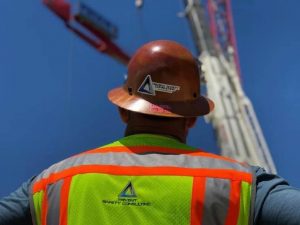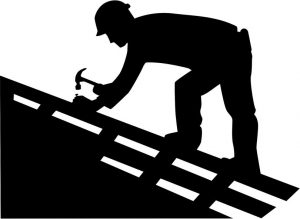OSHA was established in the `70s, and before this, governmental regulations related to work health and safety were very few in the United States. As a result, it was unfortunately a common occurrence for workers to suffered injuries and illnesses at their workplace.
OSHA has been committed in the last 50 years to address health and safety concerns in all states, including Colorado, and keep American workers safe on the job.
The risk of falling from height, the risk of electric shock or handling different tools and equipment, the risk of a road accident etc. Every day, the awareness of each employee is essential to avoid accidents at work and to prevent occupational diseases. OSHA’s commitment is to provide a safe working environment for all employees.
As an employer in Colorado, you need to protect the health and safety of your employees in every aspect of their work. This means that you must assess all the risks to which they may be exposed and take preventive and protective measures. You need to make sure, for example, that each worker has received health and safety information and training.
Sometimes you may need to take additional measures, such as preventing dangerous situations and organizing courses on first aid, firefighting and safe evacuation. You should also designate at least one specially trained staff member to ensure that these measures are complied with.
Measures necessary to protect the safety and health of workers include the prevention of occupational hazards, the provision of information, consultation and training of workers and the provision of the necessary technical and organizational means.

Consulting experts or involving workers in decision-making does not relieve the employer of their responsibilities. There is a large number of obligations that employers must meet, the most important of which are:
- assessing safety and health risks at the workplace
- establishing protection measures and ensuring all the necessary protection equipment
- keeping records of work accidents
- ensuring the medical supervision of the workers
- taking the necessary measures for providing first aid, extinguishing fires and evacuating employees
- involving workers in the decision-making process regarding safety and health at work
- informing and training workers about the risks to their safety and ensuring work-specific protection and prevention measures
It is good to know that Colorado falls under OSHA control, considering that, unlike other states, it has no state plan including an occupational health and safety regulatory program. OSHA`s “Outreach” courses are not required by law, but they are however highly recommended as a general orientation to safety.
These programs are provided by many associations and training centers spread across the state, which you can find with a simple internet search. If you want to get your OSHA 30 card, look for OSHA 30 training Colorado instruction. Contact them, and make sure they are licensed and ask details about prices.
It is good to know that, unlike OSHA 10-hour, the 30-hour course is more complex and designed for supervisors. Your 30-hour card will be available for 5 years, but you can obtain a replacement by contacting your Outreach trainer.
